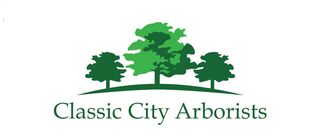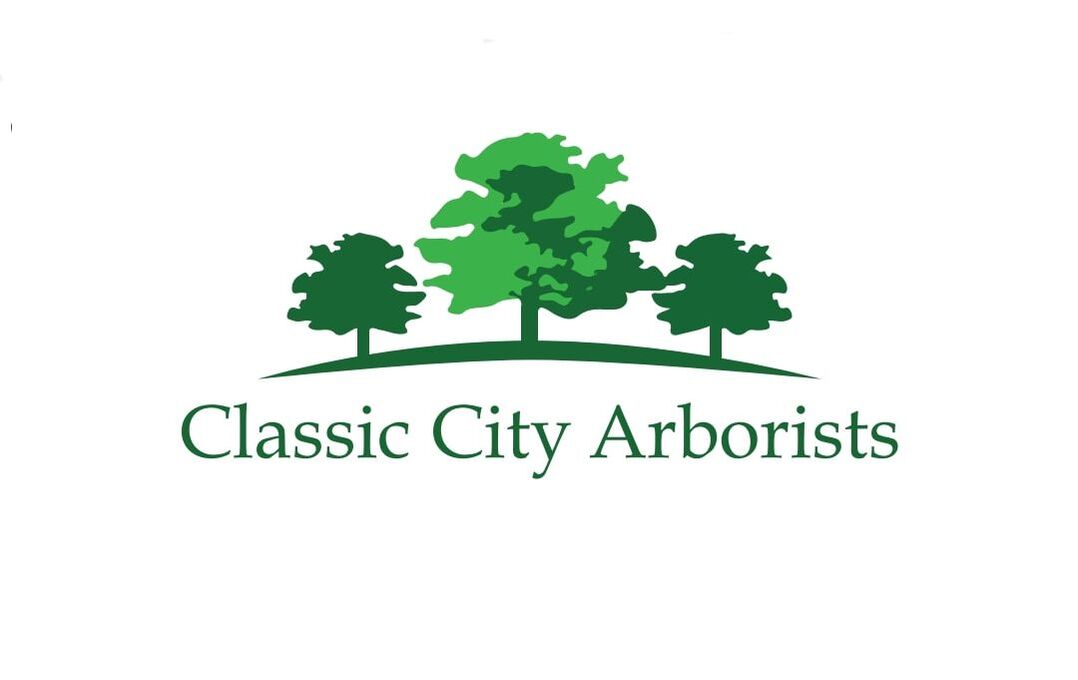|
News and Blog Articles
|
|
Most people know that you can tell how old a tree is by counting its rings. It’s a fun fact to wow kids with, and a cool way to visualize history. But the study of tree rings is actually a much wider field than just counting some lines. First, those tree rings are scientifically called annual growth rings, and the official term for the study of annual growth rings is dendrochronology. According to the Oxford dictionary, dendrochronology is “the science or technique of dating events, environmental change, and archaeological artifacts by using the characteristic patterns of annual growth rings in timber and tree trunks.” Let’s start with the basics. When you look at a tree’s growth rings, you’ll see that there are dark circles separated by lighter sections. A common misconception is that only the dark rings count towards a tree’s age. In fact, a full annual growth ring actually includes a dark and a light section. Every year, a tree gets not only taller, but also wider in diameter. Springtime is the ideal growing environment, and so trees grow their fastest during these months. Because they’re growing quickly, the individual developing cells are larger and have thinner cell walls. This results in wood called springwood, or earlywood, that is light in color. Towards the end of summer, trees start to slow down. Cells that develop during this slower period are smaller, and have much thicker cell walls, resulting in darker wood we call summerwood, or latewood. Every year, a tree will grow a new light and dark section. Therefore, these two-part rings can be counted to learn the tree’s age in years. But that’s not all we can learn by looking at a cross-section! Diameter growth in a tree is highly sensitive to environmental factors, like whether or not the tree gets enough water and sunlight. A thicker annual growth ring indicates a bountiful growing season, where the tree had everything it needed to flourish. A thinner annual growth ring may therefore indicate a poor growing season, with not enough (or too much!) rain, sun, or warm temperatures. Now, not all trees are created equal. To determine whether any given growth ring is considered “thick” or “thin,” you’d have to research the average growth ring width for that particular species. You’ll also want to keep in mind the climate of the area you’re in – the growth rings of a pine tree in Georgia may differ from those of a pine tree in Vermont! Looking at a tree’s growth rings can also show you any trauma the tree experienced in its lifetime. For example, a fire might result in blackening along at least part of that year’s ring, depending on how much of the tree was burned. Knots in a tree’s growth rings can indicate where a branch used to be, or where insects or other pests caused damage. Lopsided rings that are thicker on one side than the other can indicate that the tree spent some years growing at an angle, and one side of the tree had to grow more than the other to accommodate the change. Trees that are exposed to high winds on one side may even have their ‘heart’ off-center as the buffeted side of the tree is unable to grow at the same pace as the other. The study of annual growth rings can tell us so much about a tree’s lifetime, and can be used to not only give us a peek into the past, but also to confirm historical events, like a forest fire, or corroborate the age of an artifact. Dendrochronology is a rich field of study, and plus, it’s just plain cool! AuthorEmily Casuccio is sister and sister-in-law to Rebekah and Scott Rushing, and has over half a decade of experience in copywriting, copyediting, proofreading, and developmental storyboarding. She's worked with both published and undiscovered authors on both fiction and nonfiction, and takes pride in supporting local businesses. Her passion lies in the written word and helping authors of all capacities realize their dreams and achieve their fullest potential. To learn more about her, read samples of her work, or contact her, visit her online portfolio.
0 Comments
Your comment will be posted after it is approved.
Leave a Reply. |
Categories
All
Archives
January 2023
|
|
23 Whatever you do, work at it with all your heart, as working for the Lord, not for human masters,
24 since you know that you will receive an inheritance from the Lord as a reward. It is the Lord Christ you are serving.
Colossians 3:23-24
24 since you know that you will receive an inheritance from the Lord as a reward. It is the Lord Christ you are serving.
Colossians 3:23-24

